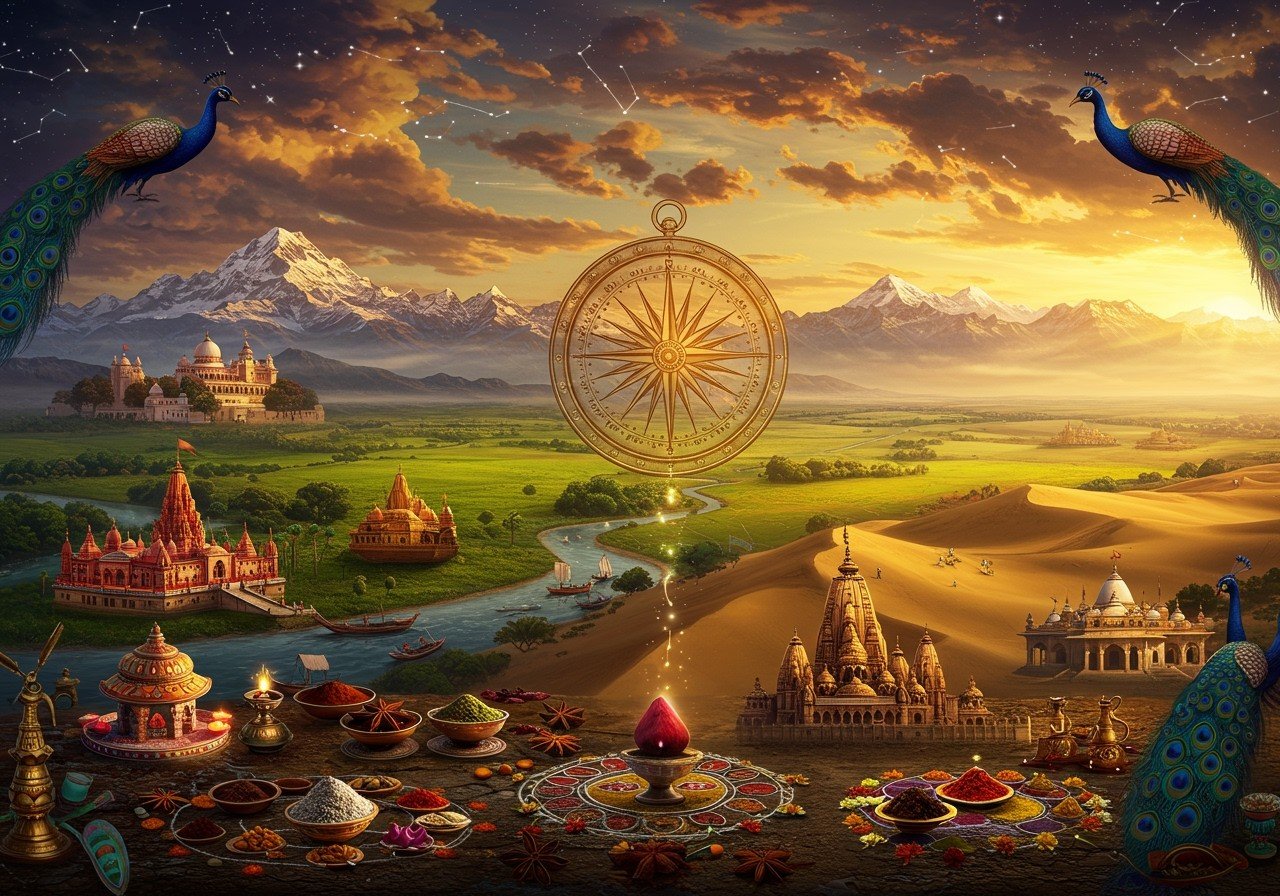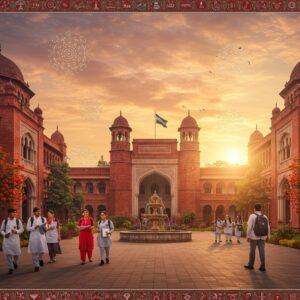Exploring the Indian Subcontinent: Geography, Development, and Federalism

The Indian subcontinent, a geographically distinct landmass separated from Gondwana around 125 million years ago and collided with the Eurasian Plate approximately 55 million years ago, holds a unique position in the world. Encompassing modern-day India, Pakistan, and Bangladesh, and sometimes Afghanistan, Bhutan, Nepal, and other areas, this region boasts a rich history, diverse cultures, and a significant geographical footprint. This article delves into the reasons behind India’s designation as a subcontinent, its development trajectory, and its federal structure, providing a comprehensive understanding of its geographic and political significance.
Why India is Called a Subcontinent
The term “subcontinent” aptly describes India due to its distinct geographical features, substantial size, and unique cultural blend. Several factors contribute to this classification:
- Geological History: The Indian subcontinent’s journey began millions of years ago, separating from the supercontinent Gondwana. Its collision with the Eurasian Plate led to the formation of the Himalayas, creating a natural northern boundary and shaping the region’s distinct topography.
- Size and Diversity: Covering approximately 3.28 million square kilometers, the Indian subcontinent supports diverse climates and ecosystems. From the towering Himalayas to the coastal plains, the region’s varied landscapes contribute to its unique identity.
This region, south of the Himalayas, is considered a subcontinent due to its distinct geographic, political, and cultural features, differentiating it from the larger Asian continent. The historical and cultural commonalities, including the flourishing Indus Valley Civilization, further solidify its unique identity.
Why India is Still a Developing Country
Despite significant progress, India remains classified as a developing country due to several ongoing challenges:
- Economic Disparity: A significant portion of the population lives below the poverty line, creating a stark contrast between the affluent and the underprivileged.
- Uneven Infrastructure Development: Rural areas often lack access to essential services like healthcare, education, and transportation, hindering overall development.
- Rapid Urbanization: The influx of people to urban centers has led to the proliferation of slums and inadequate housing, straining resources and infrastructure.
- Agricultural Challenges: Low agricultural productivity and dependence on monsoons pose significant challenges to food security and economic stability.
Addressing these issues is crucial for India’s continued progress and sustainable development.
Why India is a Federal Country
India’s federal structure is essential for accommodating its vast diversity and regional differences. This system effectively manages the complexities of governing such a large and varied nation:
- Constitutional Framework: The Constitution of India establishes a federal system with a clear division of powers between the central and state governments, ensuring a balance of authority.
- Regional Autonomy: With 28 states and 8 Union territories, each with its own government, local issues and concerns are addressed effectively.
- Representation and Balance: The Rajya Sabha (Council of States) ensures that states have a voice at the national level, safeguarding their interests in policy-making.
- Fiscal Federalism: States have their own budgets and tax systems while receiving grants from the central government, allowing for financial autonomy and tailored resource allocation.
This decentralized approach empowers regional governance and contributes to national unity.
Geographic Significance and FAQs
India’s geography plays a crucial role in its strategic importance globally:
- Natural Barriers and Climate: The Himalayas act as a natural defense barrier and influence climate patterns, impacting the diverse ecosystems across the subcontinent.
- Maritime Trade and Geopolitics: The extensive coastline facilitates maritime trade, with major ports serving as gateways to global commerce. India’s location in the Indian Ocean Region (IOR) makes it a pivotal player in regional geopolitics and trade routes.
Here are some frequently asked questions about the Indian subcontinent:
What countries are considered part of the Indian subcontinent? The Indian subcontinent includes India, Pakistan, Bangladesh, Nepal, Bhutan, Sri Lanka, and sometimes Afghanistan and the Maldives. These countries share intertwined histories and cultural connections.
What are the major physical features of the subcontinent? Key features include the Himalayas, the Indo-Gangetic Plain, the Thar Desert, the Deccan Plateau, and the Western and Eastern Ghats. These diverse landforms contribute to the region’s varied climates and ecosystems.
How does India’s climate vary? India experiences a wide range of climates, from cold winters in the north to tropical conditions in the south. The monsoon season brings vital rainfall, significantly impacting agriculture and water resources.
Poojn.in: Your Spiritual Companion Across the Subcontinent
As you explore the rich spiritual tapestry of the Indian subcontinent, Poojn.in is your trusted source for all your cultural and religious needs. We offer a wide selection of authentic products and expert guidance to support your spiritual journey.
- Region-Specific Puja Items: Discover a curated collection of puja items specific to various regions of the subcontinent, ensuring authenticity and reverence in your practices. From Gangajal sourced from the holy Ganges to specialized items for regional deities, we cater to diverse traditions. Explore our range of Bel malas and Tulsi malas for your devotional practices.
- Expert Guidance: Benefit from detailed product descriptions, usage instructions, and insights into regional customs and practices. Our team is dedicated to providing you with the knowledge and resources you need to enhance your spiritual understanding and observance.
- Pan-India Accessibility: Access our extensive collection no matter where you are in the subcontinent. We are committed to preserving local traditions by offering authentic products and ensuring convenient online access to region-specific items. Light up your sacred space with our selection of candles and enhance your rituals with pure camphor tablets.
Visit Poojn.in today and embark on a journey of spiritual discovery with us.
Conclusion
Understanding India’s designation as a subcontinent, its development status, and federal structure provides valuable insights into its complexity and global significance. Its vast and diverse geography shapes its cultural and historical identity, positioning it as a key player in both regional and global affairs. Despite the challenges, India continues to evolve, embracing tradition and progress, and contributing to the world’s rich tapestry of nations.


